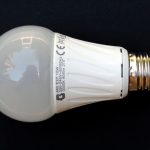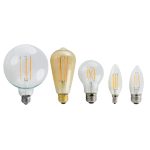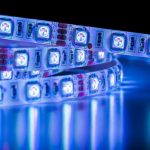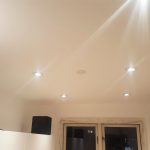Bypass Ballast: A StepbyStep Guide on How to Convert Fluorescent Lights to LED
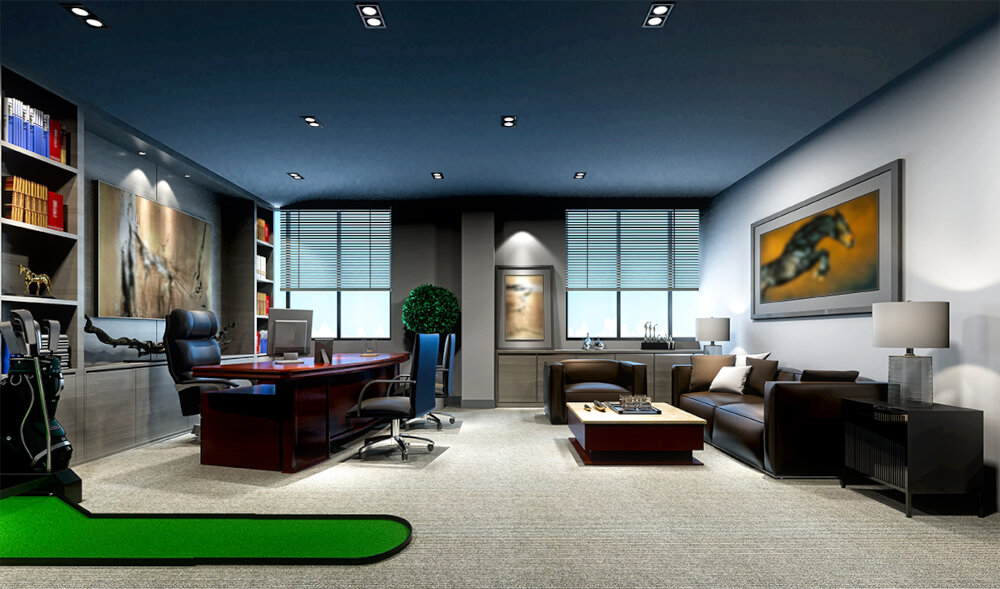
Fluorescent lights have served as the go-to lighting solution for many years, but they have become increasingly outdated and expensive to maintain. LED lights, on the other hand, are more efficient, longer-lasting, and cost-effective. However, the process of converting fluorescent lights to LED can be daunting, especially for those who are not familiar with electrical systems. Fortunately, bypassing the ballast is a straightforward process that can be easily accomplished by following a few simple steps. This guide will take you through the process of converting fluorescent lights to LED by bypassing the ballast, allowing you to save money on your energy bill and reduce your environmental impact. The benefits of converting fluorescent lights to LED are numerous. LED lights are far more efficient than fluorescent lights, consuming up to 80% less energy and lasting up to 25 times longer. This means that you can save money on your energy bill while also reducing your carbon footprint. Additionally, LED lights are much more versatile than fluorescent lights, as they can be dimmed and customized to fit your specific needs. They also produce less heat than fluorescent lights, making them safer to use and reducing the risk of fire. Overall, converting fluorescent lights to LED is a smart investment that can provide significant benefits in terms of energy efficiency, cost savings, and environmental impact.
There are several reasons why people choose to convert their fluorescent lights to LED. Firstly, LED lights are more energy-efficient than fluorescent lights, which means they consume less energy and help reduce electricity bills. Secondly, LED lights have a longer lifespan than fluorescent lights, which means they require less frequent replacement, saving money and time. Additionally, LED lights are environmentally friendly as they do not contain harmful substances like mercury found in fluorescent lights, making them safer for disposal. Lastly, LED lights offer better color rendering and brightness options than fluorescent lights, providing a more pleasant and comfortable lighting experience. Overall, converting fluorescent lights to LED is a smart investment that offers numerous benefits.
The process of converting fluorescent lights to LED involves several steps that can be accomplished by following a simple guide. Firstly, the ballast needs to be bypassed as it is not compatible with LED bulbs. This can be done by cutting the wires connecting the ballast to the light fixture and connecting the live and neutral wires directly to the socket. Next, the LED bulbs need to be installed into the fixture and secured using the existing clips or brackets. It is important to ensure that the bulbs are compatible with the fixture and that they are installed correctly to avoid any hazards. Finally, the wiring needs to be checked and the light fixture needs to be tested to ensure that it is functioning properly. Converting fluorescent lights to LED is a cost-effective and energy-efficient solution that can be easily accomplished with a few simple steps.
Materials Needed
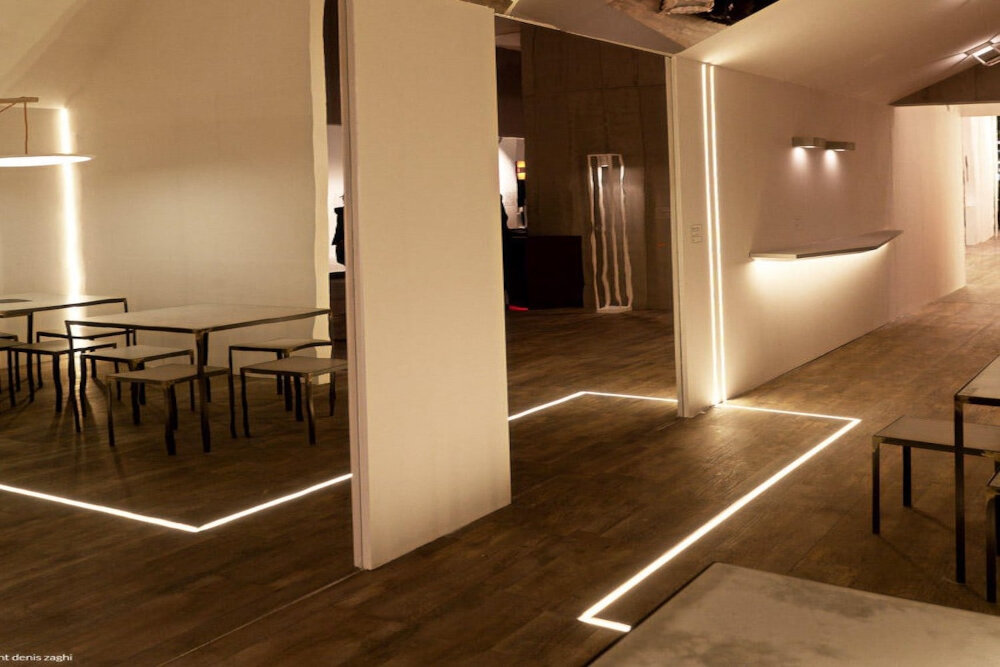
When it comes to converting fluorescent lights to LED, having the right materials is crucial. The first thing you’ll need is an LED tube that’s compatible with your fluorescent fixture. Make sure to choose a tube that matches the length and wattage of your existing fluorescent bulb. You’ll also need non-shunted sockets, which are designed to work with LED tubes. These sockets are easy to install and can be found at most hardware stores. In addition to the LED tube and non-shunted sockets, you’ll also need a few basic tools. A screwdriver and wire cutters will be necessary for removing the old fluorescent bulb and installing the new LED tube. You may also need a wire stripper if the wires need to be reconnected. Finally, make sure to have a ladder or step stool on hand to reach the fixture safely. With the right materials and tools, converting your fluorescent lights to LED can be a simple and cost-effective solution for upgrading your lighting system.
Before starting the process of converting fluorescent lights to LED, it is essential to have the necessary tools and materials. Firstly, a voltage tester is required to ensure that the electrical supply to the fixture is turned off. Secondly, wire strippers will be handy to remove the insulation from wires, while wire connectors will help to join the wires. Additionally, pliers, screwdrivers, and a drill will assist in the removal and installation of the LED lamp. As for the materials, an LED lamp, an LED driver, and a bypass ballast are necessary. The bypass ballast is a crucial component that needs to be installed to eliminate the use of the fluorescent ballast, ensuring a smooth conversion process. While these tools and materials are essential, it is equally important to follow the step-by-step guide carefully to achieve a successful conversion.
Steps to Bypass Ballast
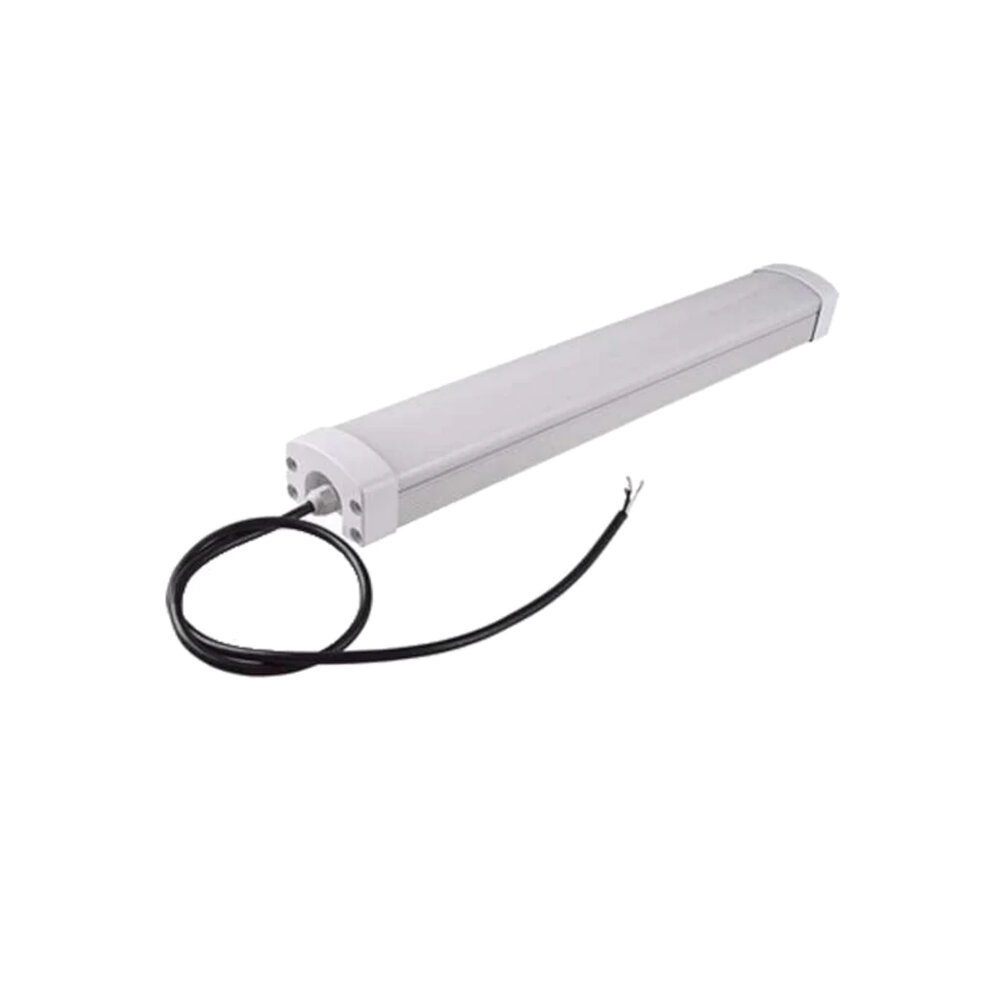
Bypassing ballasts is a crucial step in converting fluorescent lights to LED. This process involves removing the ballast completely from the fixture and directly wiring the LED bulbs to the power supply. By doing so, you eliminate the need for a ballast to regulate the current, which can cause flickering, buzzing, or even failure of the LED bulbs. To bypass the ballast, you need to follow a few simple steps. First, turn off the power supply to the fixture by switching off the circuit breaker or unplugging it from the socket. Next, remove the fluorescent bulb and the ballast cover to expose the wiring. Now, you need to identify the wires that connect the ballast to the power supply and the wires that connect it to the lamp holder. You can use a voltage tester to ensure that the power is off before proceeding. Once you have identified the wires, cut them off from the ballast and connect them directly to the power supply wires using wire nuts or crimp connectors. Then, connect the wires from the LED bulb to the lamp holder, making sure that the polarity is correct. Finally, install the cover and turn on the power supply to test the LED bulb. By following these steps, you can bypass the ballast and convert your fluorescent lights to LED, saving energy and reducing maintenance costs.
Are you fed up with flickering fluorescent lights? Do you want to switch to energy-efficient LED lighting? Then you need to bypass the ballast in your fluorescent fixture. The ballast is a device that regulates the current to the fluorescent bulbs, but it is not compatible with LED bulbs. By bypassing the ballast, you can connect the LED bulbs directly to the electrical wires. This step-by-step guide will show you how to safely bypass the ballast and convert your fluorescent lights to LED. With this simple modification, you can enjoy brighter, longer-lasting, and more cost-effective lighting in your home or office.
Converting fluorescent lights to LED can be a daunting task, but with some simple tips and tricks, the process can be made much easier. Firstly, it is important to ensure that you have the right tools for the job, including wire cutters, wire strippers, and a voltage tester. It is also essential to read and understand the manufacturer’s instructions carefully before beginning the conversion process. One useful trick is to take photos or make a diagram of the wiring before removing the ballast, as this will make it easier to rewire the fixture later. Additionally, labeling the wires can help prevent confusion during the conversion process. Finally, taking the time to properly plan and organize the project can save time and prevent mistakes, leading to a successful and hassle-free conversion from fluorescent to LED lighting.
Testing and Troubleshooting
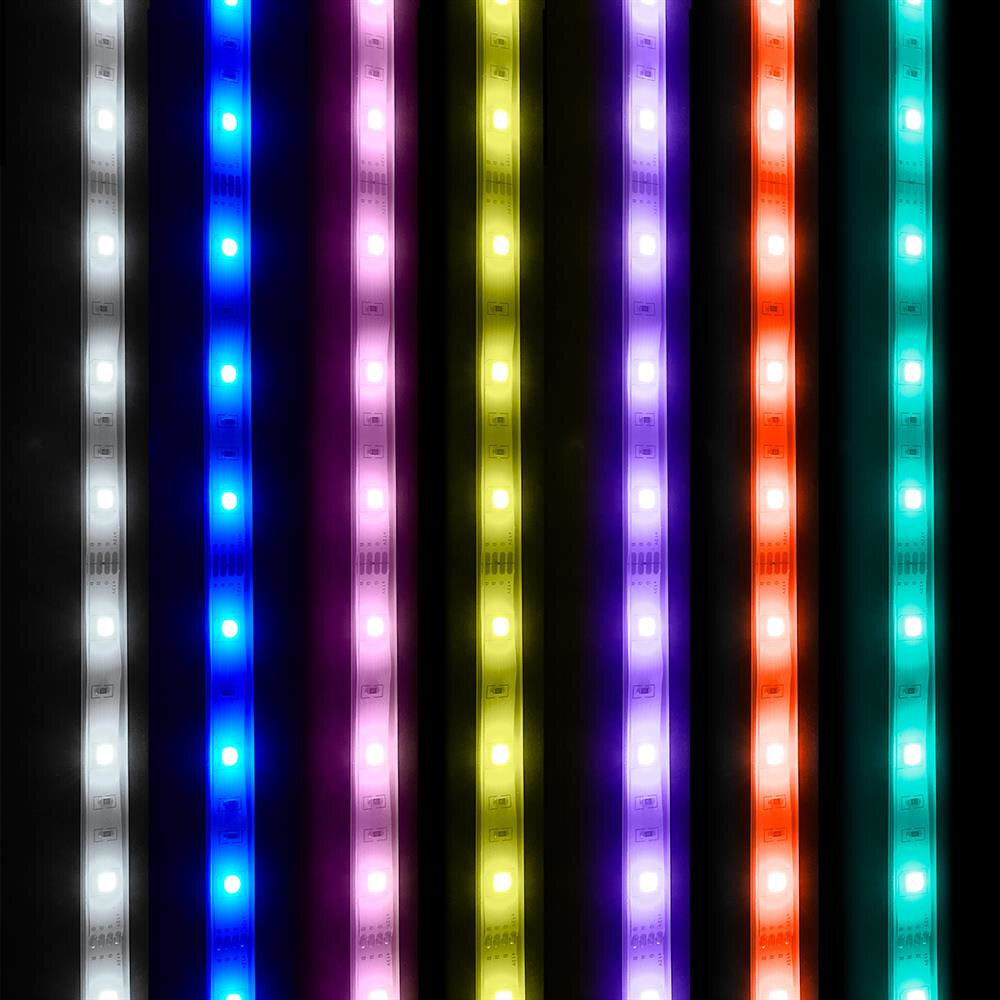
Testing and troubleshooting are crucial steps when converting fluorescent lights to LED. Testing involves determining the compatibility of the LED bulb with the existing fixture. This is important because LED bulbs have different wattage and voltage requirements than fluorescent bulbs. Before installing the LED bulb, it is important to verify the voltage and wattage of the fixture using a voltmeter. If the voltage and wattage requirements of the LED bulb are not compatible with the fixture, an LED driver may need to be installed. Testing also involves checking for any wiring issues or loose connections that could affect the performance of the LED bulb. Once the testing is complete, the installation of the LED bulb can proceed. Troubleshooting is essential in identifying and resolving any issues that may arise during the conversion process. Common issues that may arise include flickering, dimming or no light output. These issues may be caused by incompatible LED bulbs, faulty wiring, or the need for an LED driver. Troubleshooting involves identifying the cause of the problem and implementing a solution. This may involve replacing the LED bulb, rewiring the fixture or installing an LED driver. In some cases, it may be necessary to seek the assistance of a professional electrician to ensure that the conversion is done correctly. By performing testing and troubleshooting, the conversion process can be completed successfully, resulting in an energy-efficient lighting system that provides the desired lighting output.
To test if the LED lights are working properly, you can perform a simple visual inspection. Check if the LED bulbs are emitting light and if they are the correct color. You can also use a multimeter to test the voltage and current of the LED lights. Additionally, you can connect the LED lights to a power source and observe if they turn on and off properly. If you notice any flickering or dimming, this may indicate a problem with the wiring or the LED bulbs themselves. It’s important to ensure that the LED lights are working properly before installing them to avoid any safety hazards or performance issues.
One of the most common issues that people face while converting fluorescent lights to LED is flickering. This happens when the LED lights are not compatible with the ballast. To troubleshoot this, you should bypass the ballast and connect the LED light directly to the electrical source. Another common issue is that the LED light may not work after the conversion. This could be due to incorrect wiring or a faulty LED bulb. To fix this, double-check the wiring and replace the bulb if necessary. Additionally, some people may experience a decrease in brightness after converting to LED lights. This is because fluorescent lights are typically brighter than LED lights. To increase the brightness, you can either replace the LED bulbs with brighter ones or add more LED lights to the fixture.
Benefits of LED Conversion
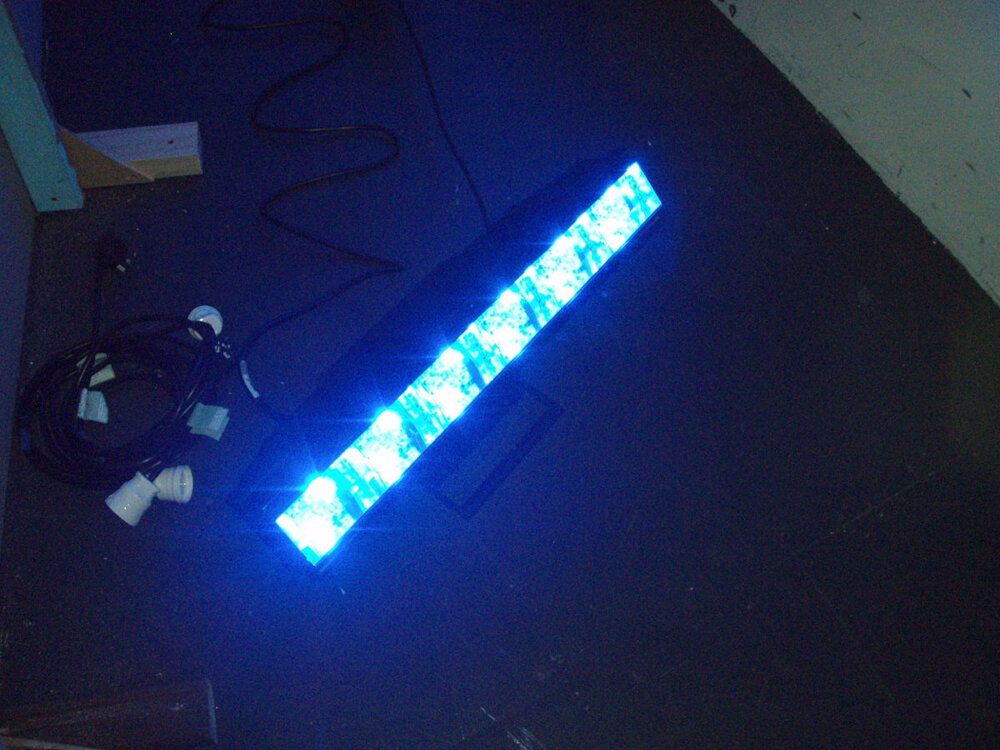
LED conversion offers numerous benefits that make it a wise investment for those looking to upgrade their lighting systems. Firstly, LED lights are extremely energy-efficient, consuming significantly less power than traditional lighting systems. This means that by converting to LED, one can save a considerable amount of money on energy bills in the long run. Additionally, LED lights have a longer lifespan than fluorescent lights, with some models lasting up to 50,000 hours. This reduces the need for frequent replacements, saving both time and money on maintenance costs. Furthermore, LED lights emit less heat than traditional lights, making them safer to use and reducing the risk of fire hazards. Another benefit of LED conversion is that it is environmentally-friendly. LED lights produce less carbon emissions than fluorescent lights, making them a more sustainable option for lighting. Additionally, LED lights do not contain any toxic materials such as mercury, which is commonly found in fluorescent lights. This means that by switching to LED, one is reducing their carbon footprint and contributing to a greener, healthier planet. Moreover, LED lights offer better lighting quality, with a brighter and more natural light that is easier on the eyes. This makes them ideal for use in homes, offices, and other indoor environments where good lighting is essential for productivity and comfort. Overall, LED conversion is a smart choice for those looking to save money, reduce their environmental impact, and improve their lighting quality.
There are numerous benefits associated with converting to LED lights. Firstly, LED lights are much more energy-efficient than traditional fluorescent bulbs. This means that they can save you a significant amount of money on your energy bills over time. Additionally, LED lights last much longer than traditional bulbs, meaning that you won’t have to replace them as frequently. They also emit less heat, making them safer and more comfortable to use in your home or business. LED lights also provide a higher quality of light, with brighter and more vibrant colors. Finally, converting to LED lights is good for the environment, as they produce significantly less carbon emissions than traditional bulbs. Overall, there are many compelling reasons to consider converting to LED lights.
LED lights and fluorescent lights are two popular lighting options that are often compared due to their energy efficiency, longevity, and overall performance. LED lights are considered more energy-efficient, durable, and eco-friendly compared to fluorescent lights. They consume less power, emit less heat, and last longer than fluorescent lights. LED lights are also more versatile in terms of design and color options, making them a popular choice for both commercial and residential lighting applications. On the other hand, fluorescent lights are known for their affordability, easy installation, and wide availability. However, fluorescent lights contain mercury, which makes them more difficult to dispose of compared to LED lights. Overall, the choice between LED lights and fluorescent lights depends on the user’s preferences, budget, and lighting needs.
LED conversion is a process of replacing the traditional fluorescent lights with LED lights. The process involves bypassing the ballast, rewiring the fixtures, and installing the LED tubes. The benefits of LED conversion are numerous, including energy efficiency, cost savings, and longer lifespan. LED lights use less energy and can last up to 50,000 hours, which is five times longer than fluorescent lights. This results in significant savings on energy bills and maintenance costs. LED lights also produce brighter and more consistent light, which improves visibility and reduces eye strain. Additionally, LED lights are environmentally friendly, as they do not contain harmful chemicals and are fully recyclable. Overall, LED conversion is a smart investment for anyone looking to improve their lighting while saving money and reducing their carbon footprint.
In conclusion, converting fluorescent lights to LED can be a cost-effective and environmentally friendly option for those looking to upgrade their lighting system. Not only do LED lights consume less energy and have a longer lifespan, but they also produce a brighter and more consistent light. However, it is important to ensure that the LED bulbs used are compatible with the existing fixture and to follow the proper steps for bypassing the ballast. Additionally, it may be beneficial to consult a professional electrician for larger projects or if any issues arise during the conversion process. With proper planning and execution, converting to LED can result in a more efficient and modern lighting system for any setting.
Conclusion
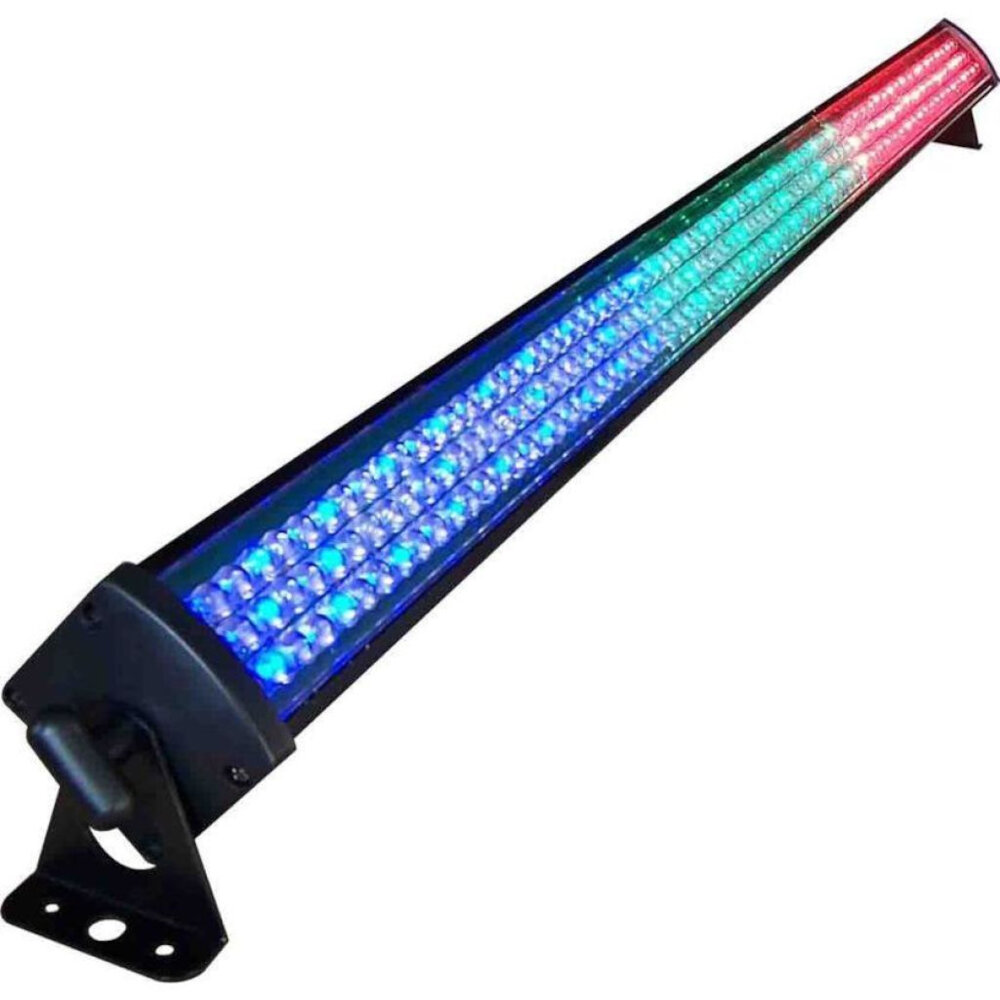
In conclusion, converting fluorescent lights to LED by bypassing the ballast can be a great way to save money on energy costs, reduce environmental impact, and improve lighting quality. While the process may seem daunting at first, with a step-by-step guide and some basic electrical knowledge, anyone can successfully make the switch. By eliminating the ballast and installing LED tubes, users can enjoy long-lasting, high-quality lighting that is both energy-efficient and cost-effective. It’s time to leave behind the outdated technology of fluorescent lighting and embrace the benefits of LED.

